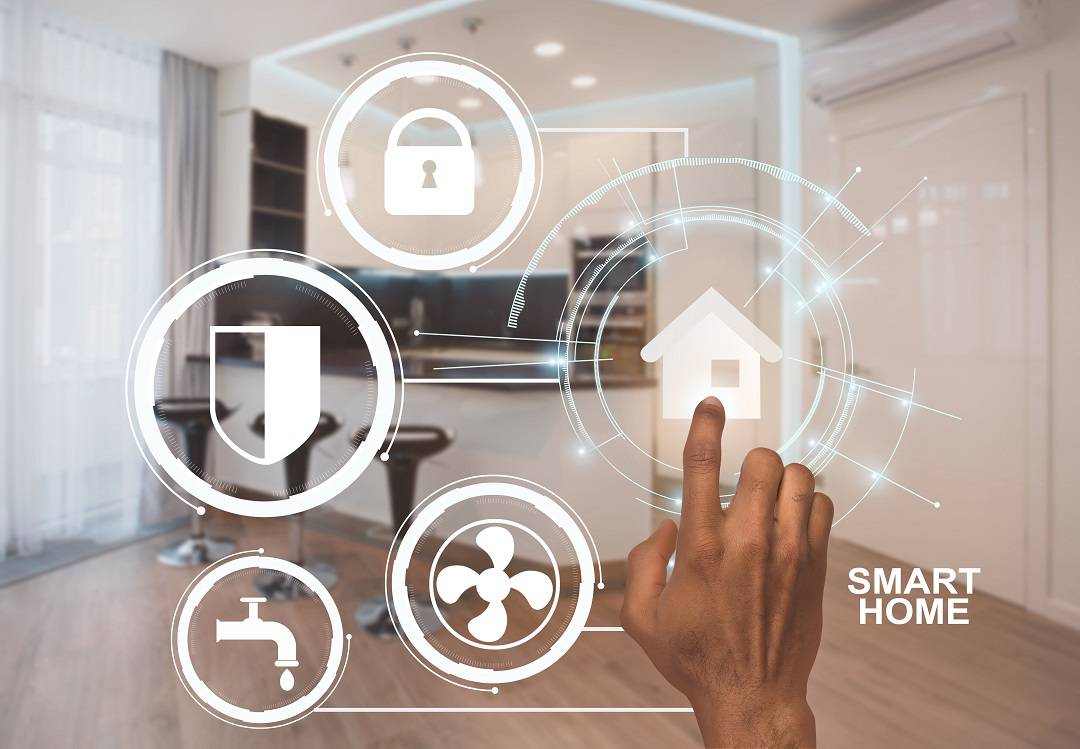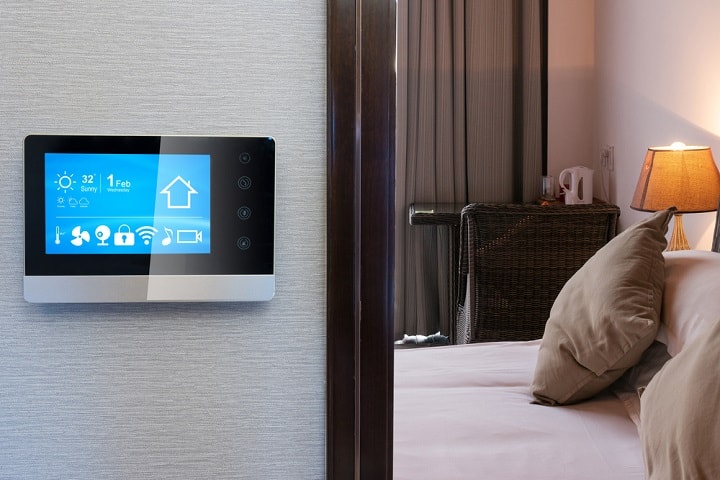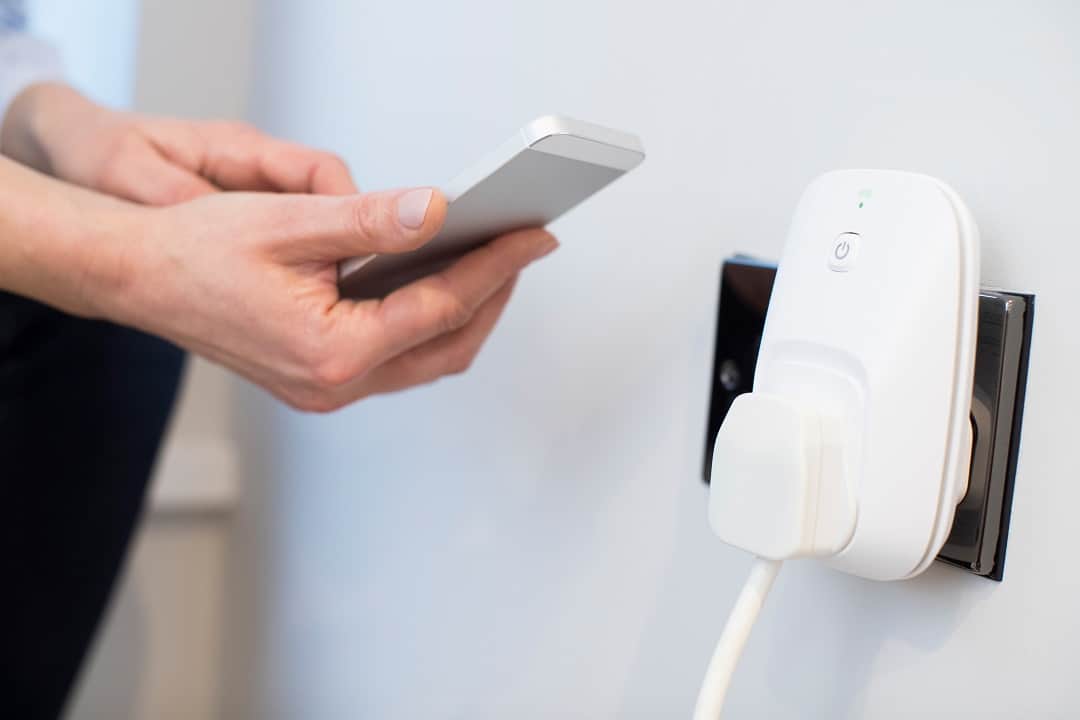Are you ready to bring your home into the 21st century? With the rise of smart devices, it’s becoming more important than ever to have a solid home network that can handle all of your connected gadgets. From smart thermostats and security systems to voice-controlled assistants and streaming devices, our homes are getting smarter by the day. But navigating the world of home networking can be overwhelming, especially if you’re not tech-savvy. That’s why we’ve put together this guide to help you understand the basics of home networking for smart devices. Whether you’re a beginner or just need a refresher, this blog post will provide you with all the information you need to get your home network up and running smoothly.
What is Home Networking?
Home networking refers to the practice of connecting multiple devices within your home to a local network. In simple terms, it allows your devices to communicate and share information with each other. This network can be wired or wireless, depending on your preferences and the capabilities of your devices. With home networking, you can connect your smartphones, tablets, computers, smart TVs, gaming consoles, and other smart devices to create a seamless and interconnected environment.
Benefits of Home Networking
There are several benefits to setting up a home network for your smart devices. However, the biggest benefit of having a home network is that it allows you to share a single network connection with multiple devices. This allows your internet connection in from your internet service provider ( ISP ) to provide internet to your computers, tablets, tv’s, cell phones, and more.
Having a home network also allows easy files and media sharing between different devices. For example, you can stream movies from your computer to your smart TV, print to your network connected printer, or access files from your smartphone on your laptop. Home networking also enables you to centralize control over your smart devices. With a network, you can control and manage your devices from a single interface or app, making it convenient and efficient.
Home networking also provides the foundation for a smart home ecosystem. By connecting your devices, you can have all of your devices work together. For instance, you can control your smart lights, media players, and other devices from one centralized smart hub. This allows you to set up smart lighting systems that turn on automatically when you enter a room or use voice commands to control various devices throughout your home. This level of automation and integration enhances comfort, convenience, and energy efficiency.
Setting Up a Home Network
Setting up a home network is an essential step to connect and control your smart devices. The first thing you need is a router, which acts as the central hub for your network. Many smart home devices these days use Wi-Fi, so you will want to make sure you have Wi-Fi on your router. Connect the router to your modem using an Ethernet cable, and make sure both devices are powered on.
Most routers have a sticker on them, in their package, or something in their documentation that tells how to connect to the router. In general, you’ll be connecting via your browser to the router’s network side internet port; it’ll be something like 192.168.1.1 or 192.168.1.100. This should prompt you to login with a username or password. This should also be in the documentation that came with your router. It quite frequently defaults to admin / password.
Once you’ve logged into your router, you can start securing it!
Securing Your Home Network
Most routers come with a user-friendly interface that allows you to configure the network settings. Follow the instructions provided by the manufacturer to change the default router password to something strong and unique ( aka, not ‘password’ ).
Set up a unique Wi-Fi network name (SSID), and a strong Wi-Fi password. We also recommend encrypting your Wi-Fi using WPA3 or WPA2/AES encryption to protect your network traffic. It’s also a good idea to create a separate guest network for visitors ( and your smart devices ), so they can connect to the internet without accessing your main network.
Be sure to save your router’s connection information. You’ll want to regularly update your router’s firmware to ensure you have the latest security patches. By taking these security measures, you can enjoy the convenience of smart devices while keeping your home network safe and secure.
FAQ
What are the different types of home networks?
There are three main types of home networks: wired, wireless, and hybrid.
Wired networks use Ethernet cables to connect devices to a central router. This type of network offers stable and reliable connections, making it ideal for devices that require high bandwidth, such as gaming consoles or streaming devices.
Wireless networks, on the other hand, use Wi-Fi signals to connect devices without the need for cables. This type of network allows for greater mobility and flexibility, as devices can be connected from anywhere within the network’s coverage area.
Hybrid networks combine both wired and wireless connections, allowing for a mix of stability and convenience. In a hybrid network, devices that require a stable connection are connected via Ethernet cables, while other devices can connect wirelessly.
We normally recommend hybrid networks, with ethernet connections to devices that have higher network traffic needs. It’s important to consider your specific needs and the layout of your home when deciding on the type of network that best suits you.
What are some common challenges or issues with home networking for smart devices?
Common challenges or issues with home networking for smart devices include connectivity problems, security concerns, and compatibility issues. One of the most common challenges is ensuring a stable and reliable internet connection for all the devices in your network. This can be especially tricky in larger homes or buildings with multiple floors, as the Wi-Fi signal may not reach all areas.
Another challenge is the potential for security breaches, as smart devices are often connected to the internet and can be vulnerable to hacking or unauthorized access. It is important to take steps to protect your network, such as using strong passwords and keeping your devices up to date with the latest firmware.
Compatibility issues can arise when trying to connect different brands or types of smart devices, as they may not always communicate seamlessly with each other. Smart home devices can also be notorious for not supporting newer Wi-Fi standards, so you’ll want to make sure that any devices are compatible with your network. It is important to research and ensure compatibility before purchasing new devices to avoid any compatibility issues.
How do I set up a home network for my smart devices?
Setting up a home network for your smart devices is easier than you might think. Once your network is set up, you can connect your smart devices by going to the Wi-Fi settings on each device and selecting your network. Make sure to use a strong password to secure your network and protect your devices from potential threats.
How do I ensure the security of my home network for smart devices?
To ensure the security of your home network for smart devices, there are a few key steps you can take. First, make sure to set up a strong and unique password for your Wi-Fi network. This will prevent unauthorized access to your network. Additionally, it’s important to keep your smart devices and router up to date with the latest firmware updates. These updates often include important security patches that help protect against potential vulnerabilities. Another important step is to enable network encryption, such as WPA2, which provides a higher level of security for your network. Lastly, consider setting up a guest network for your smart devices to use, separate from your main network, to further protect your personal devices. By implementing these measures, you can greatly enhance the security of your home network for smart devices.
In Summary
Thank you so much for taking the time to read about the basics of home networking for smart devices. We hope that you found the information helpful and informative as you navigate the world of smart devices in your home. By understanding the basics of home networking, you can ensure a seamless and efficient connection for all your smart devices. If you enjoyed this post and found it valuable, please feel free to share it with your friends and family who may also benefit from this knowledge. As always, we appreciate your support and look forward to bringing you more engaging and informative content in the future. Stay connected and stay smart!




